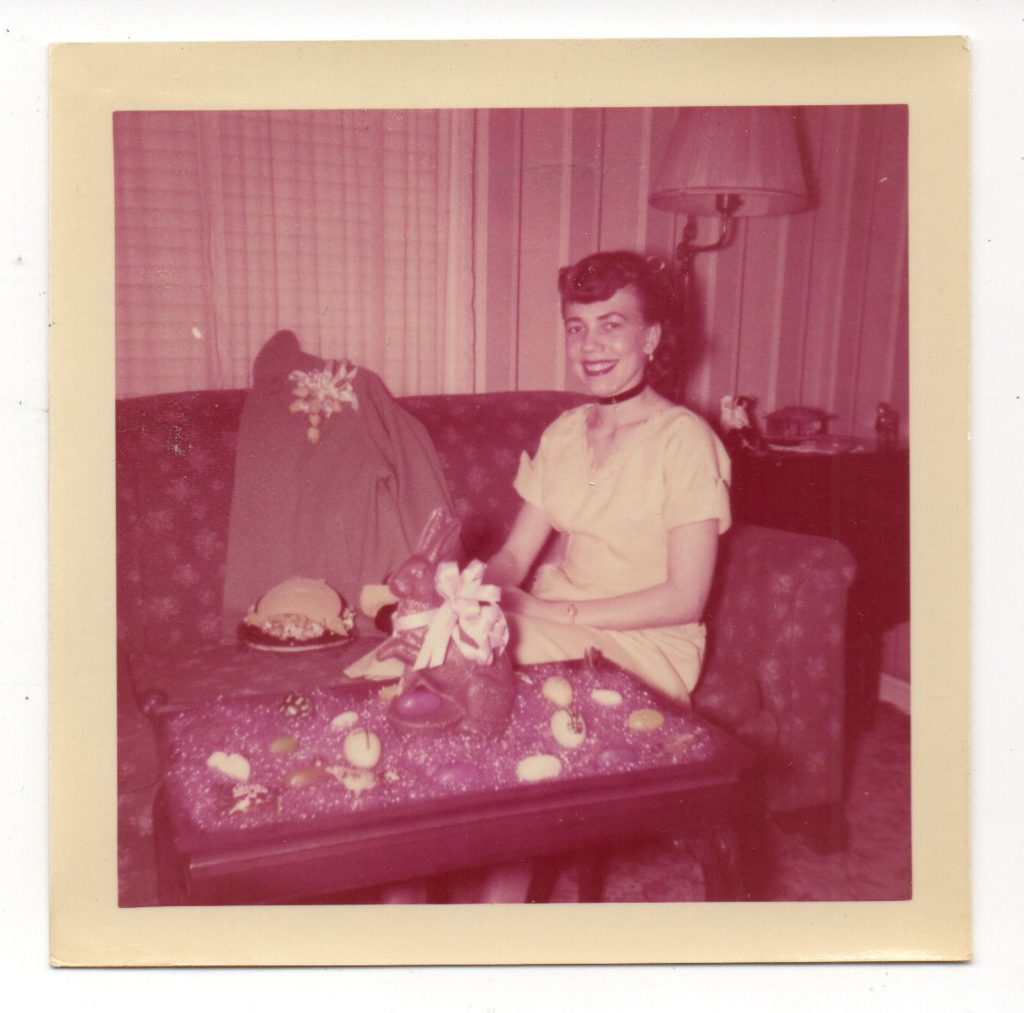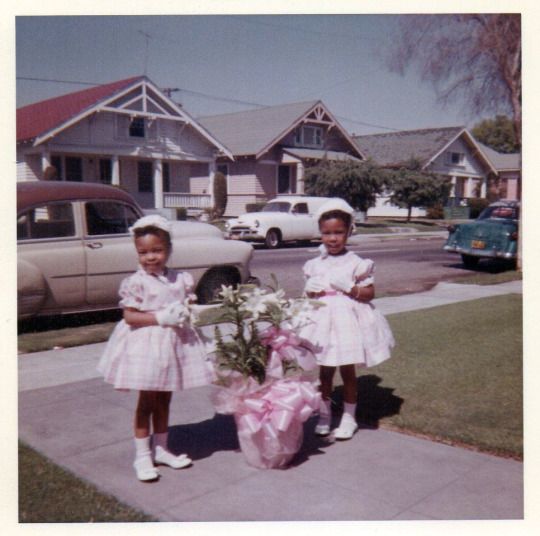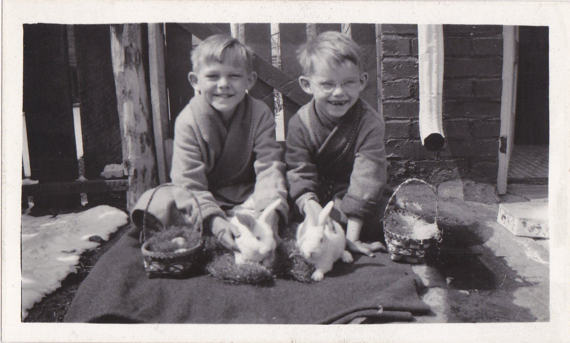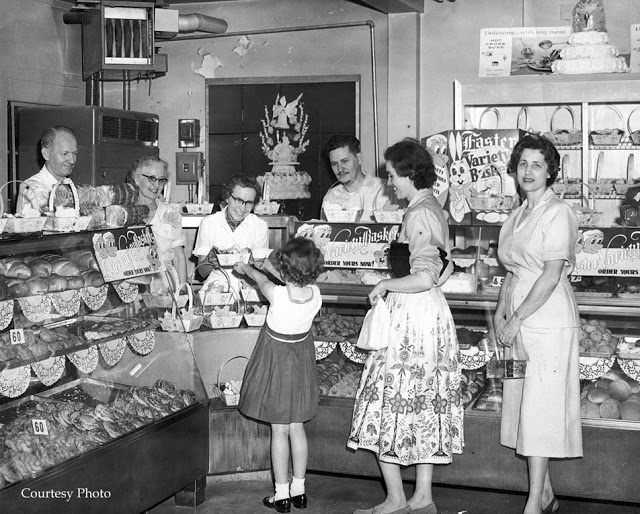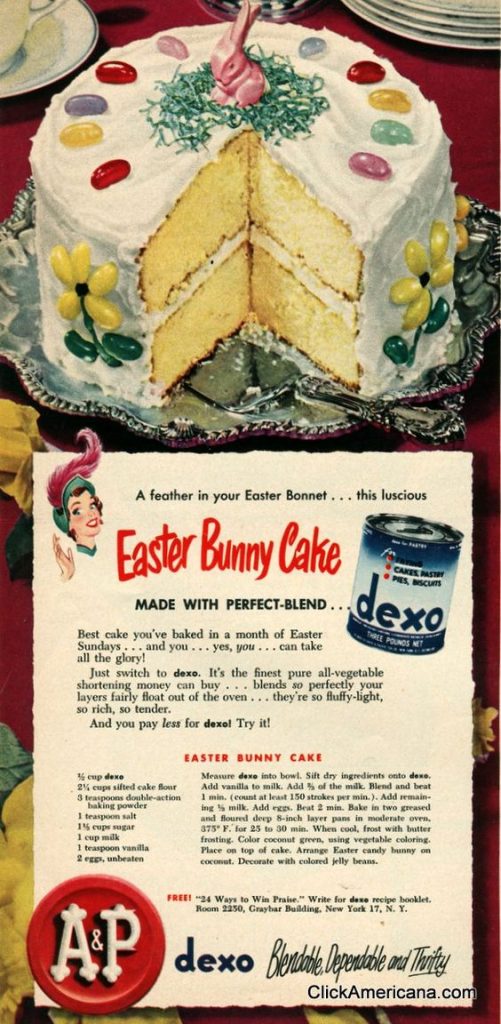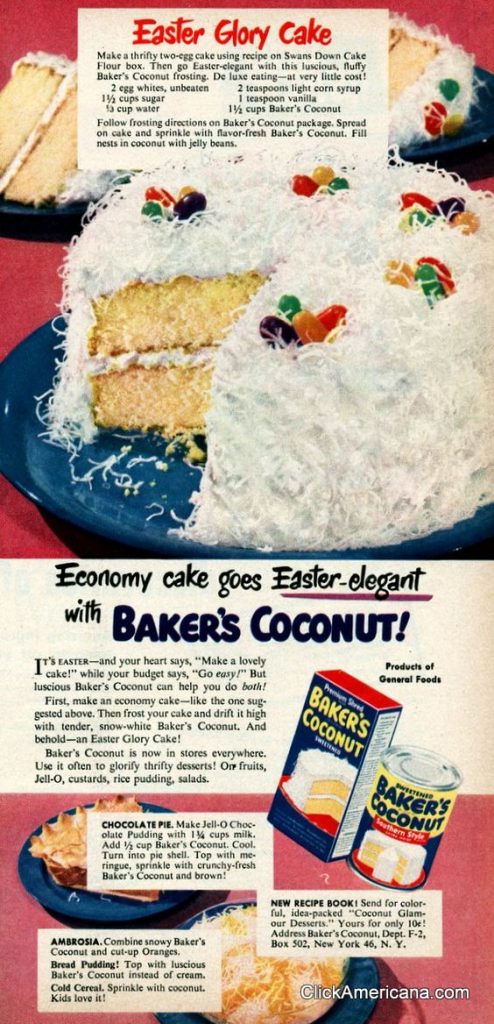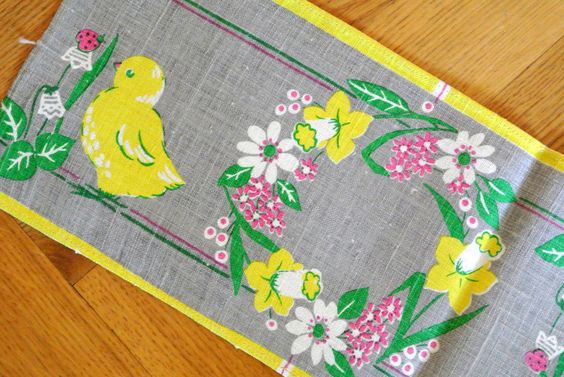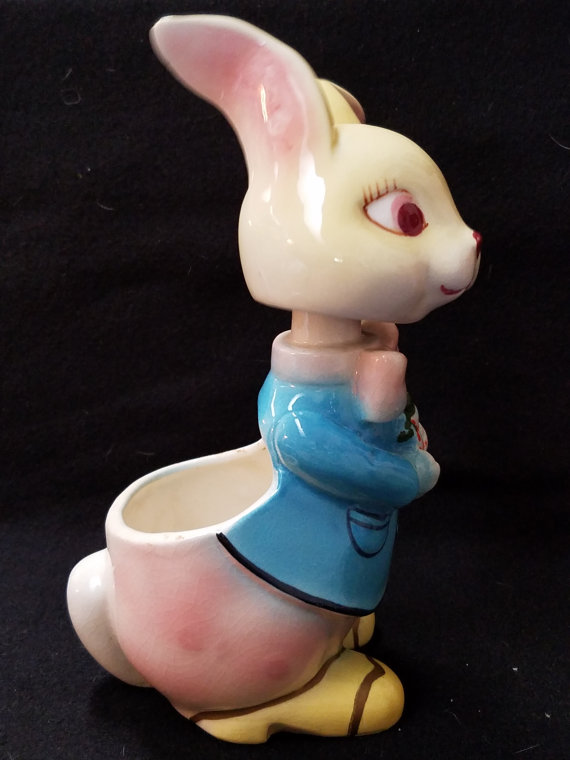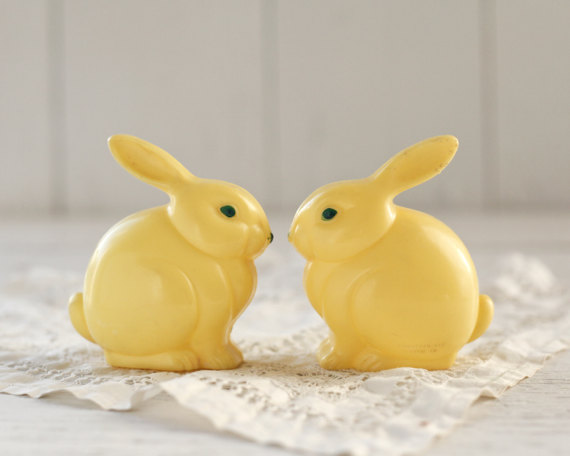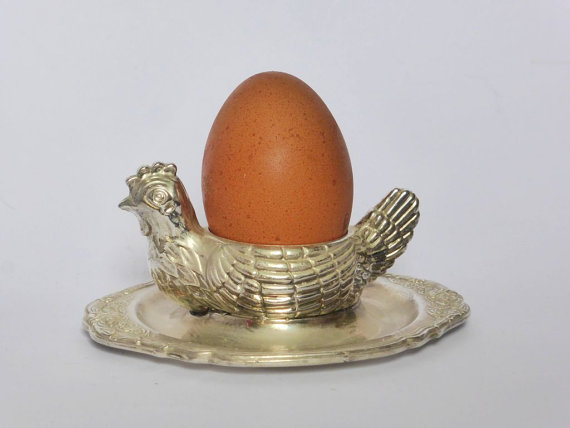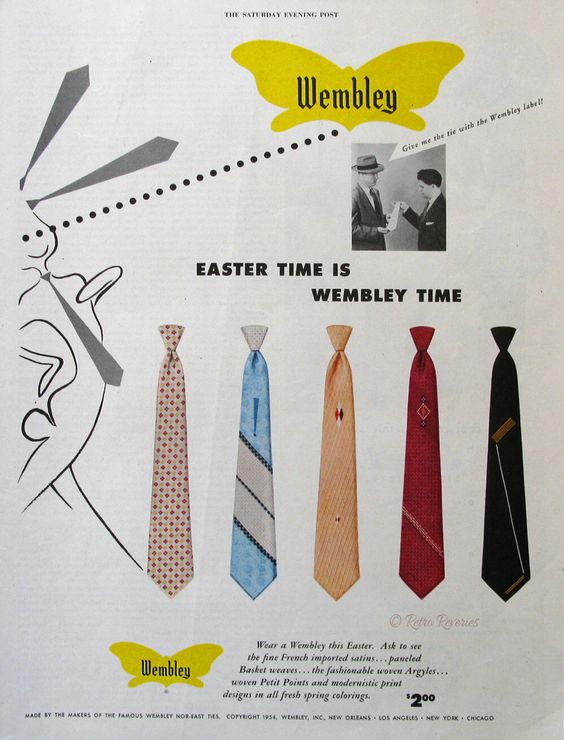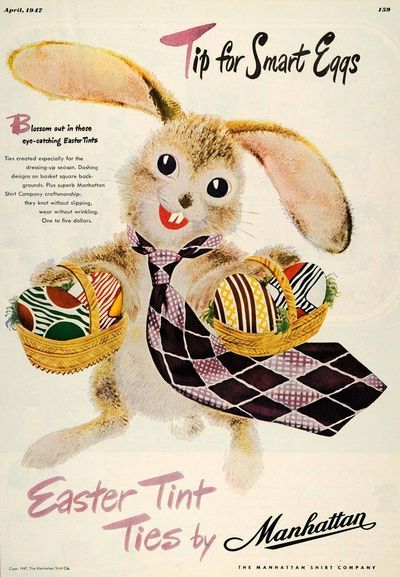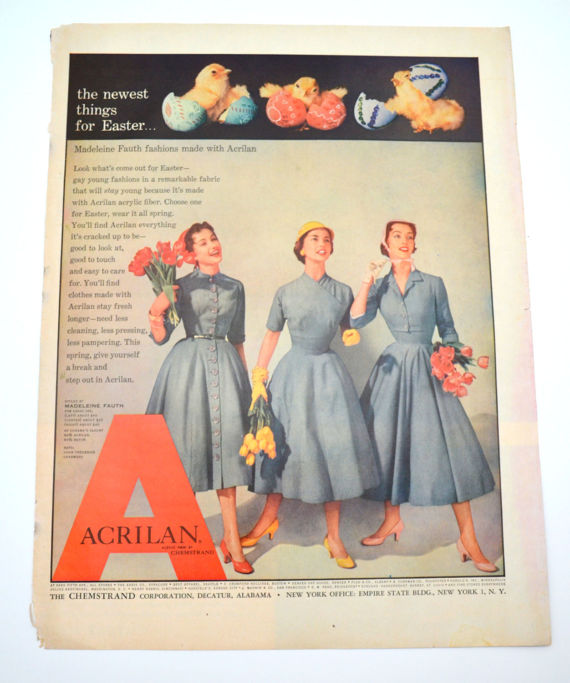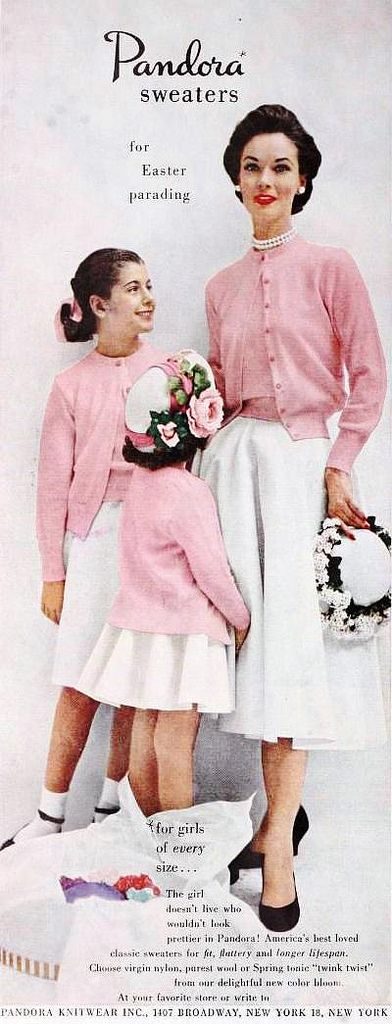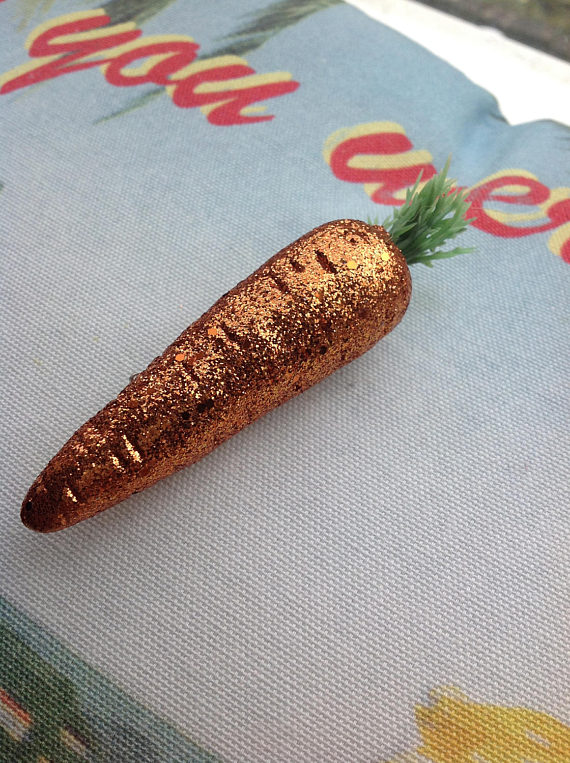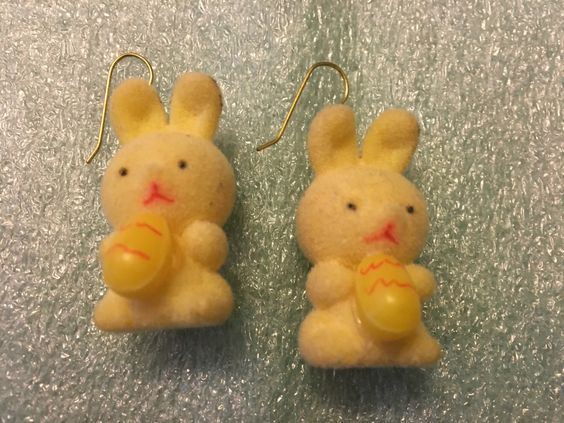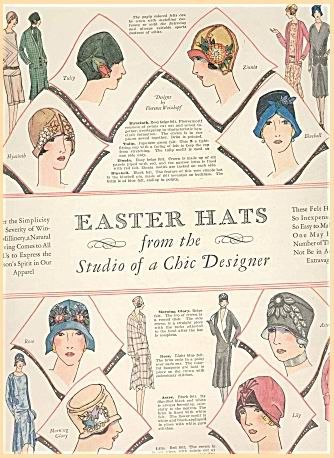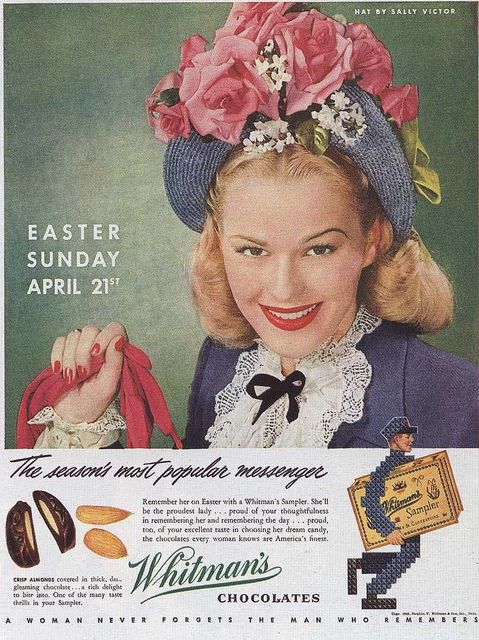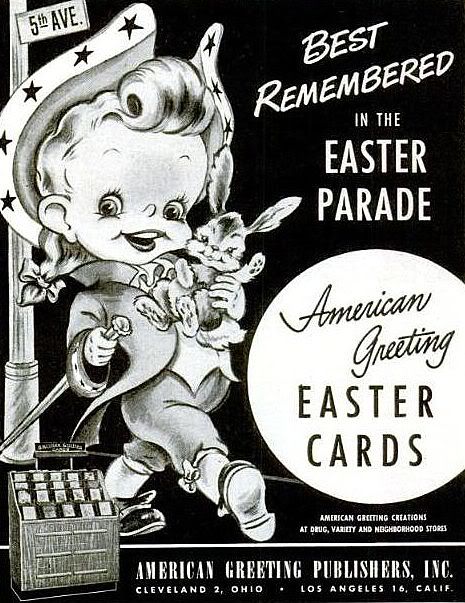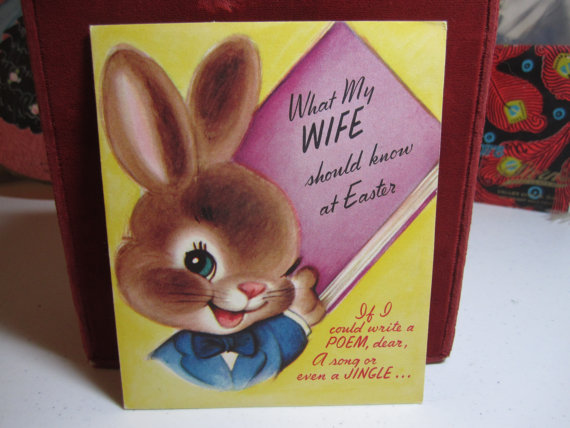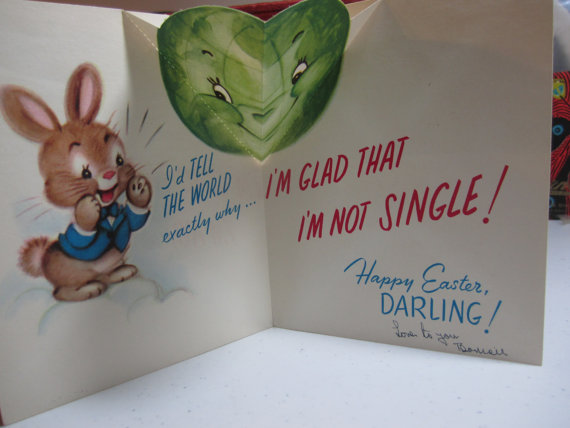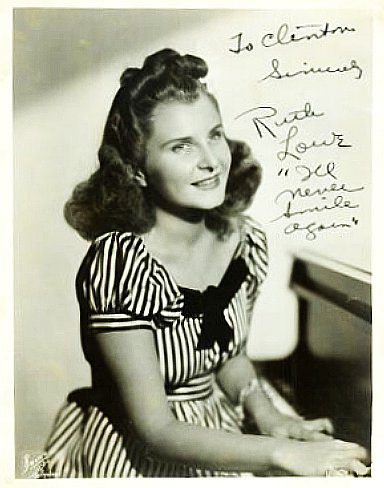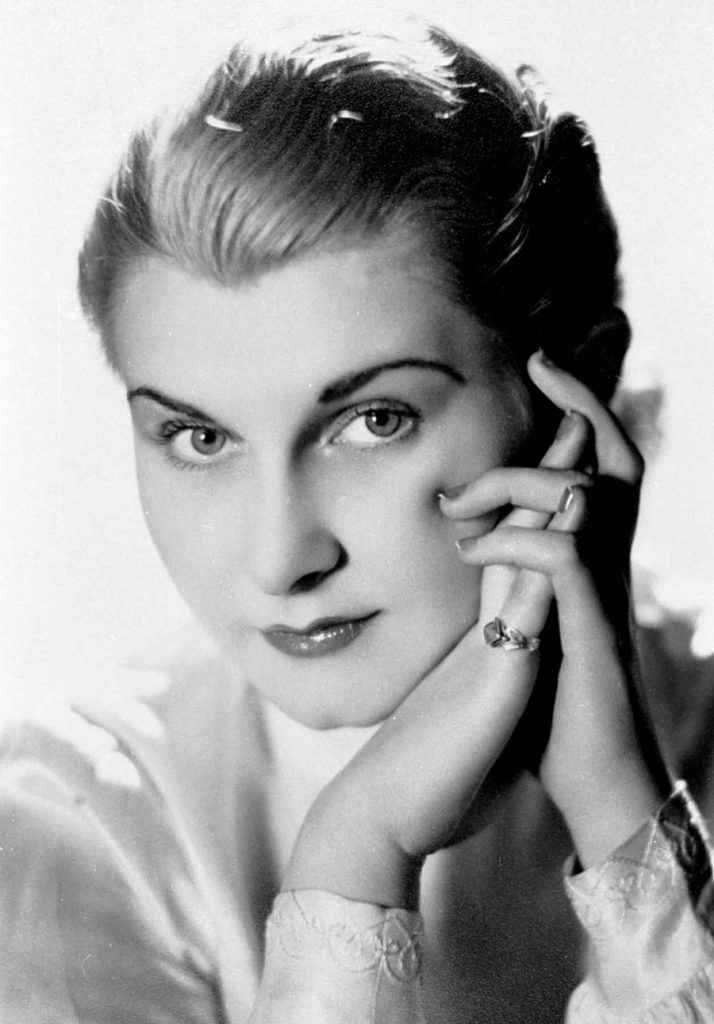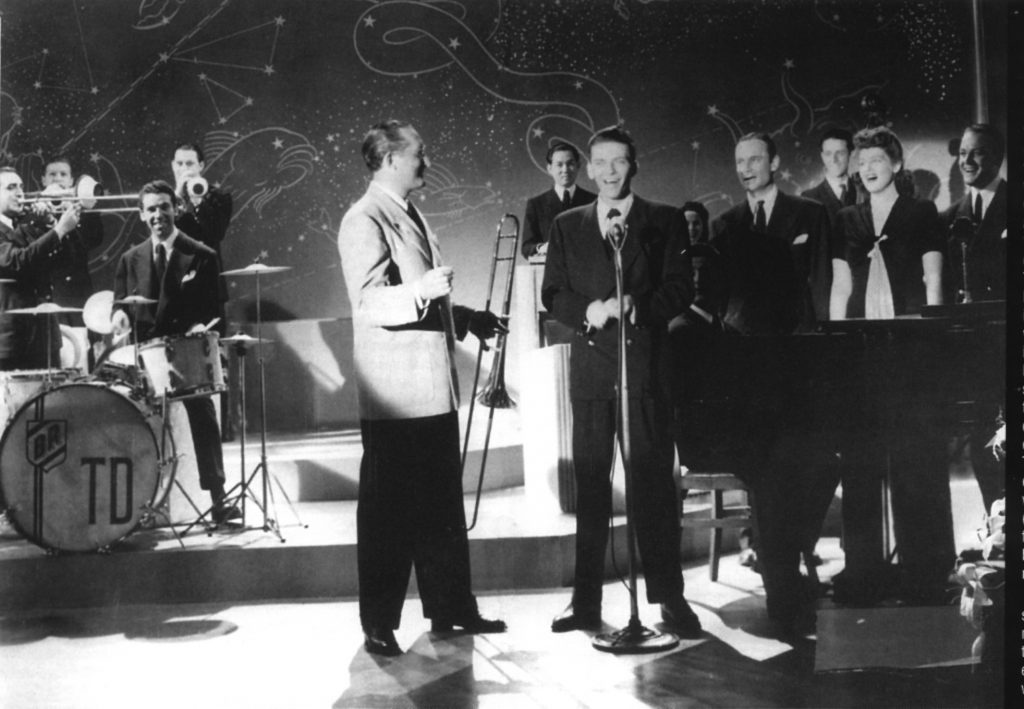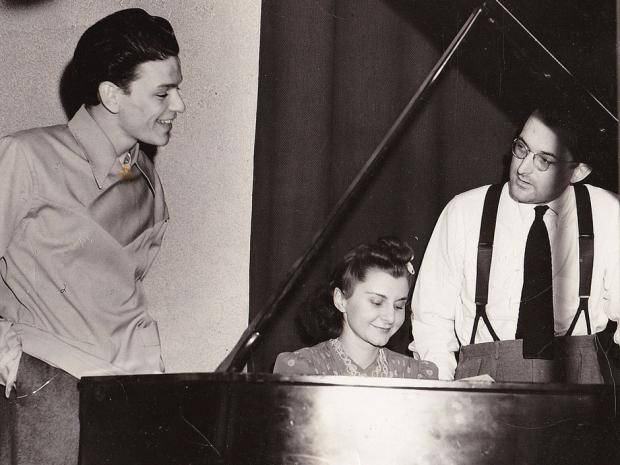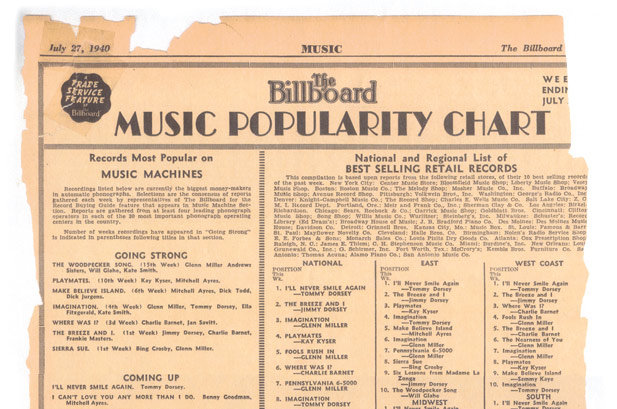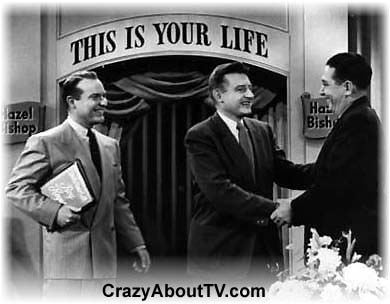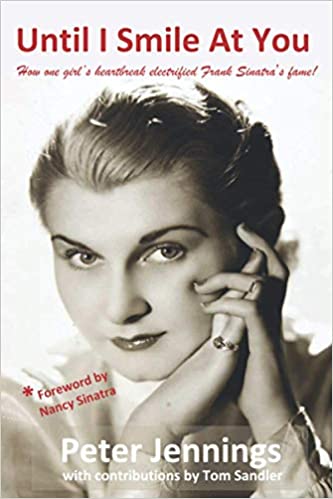Easter is this weekend (mmmm chocolate) so for today’s post I wanted to do a roundup of all things that fall under the category, “Vintage Easter”. This will include photos, ads, kitschy vintage Easter items for sale and anything else I can find. Of course it’s all from the 1920’s to the 1960’s because as you know, I just love those time periods.
Let the Easter Fun Begin!
Disclosure: Some of the links on my blog from Etsy , eBay, are Affiliate Links, meaning, at no additional cost to you, I will earn a commission if you click through and make a purchase.
Vintage Easter Shopping: I have a collection of Vintage Easter items for sale on Etsy that I update monthly. Happy Shopping!
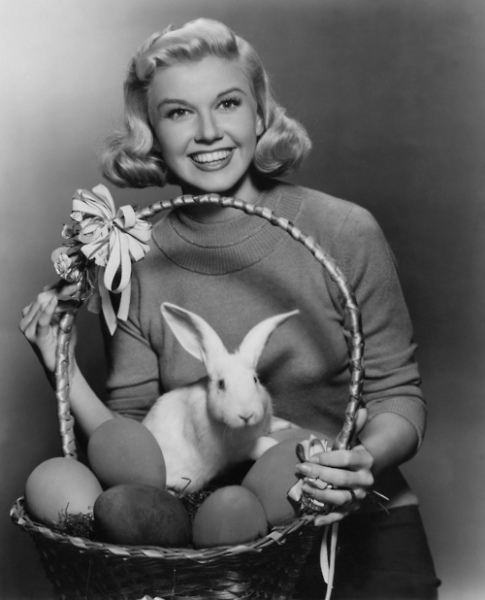
Vintage Easter Images, Advertising, Recipes & More!
1920’s – 1960’s
1920s Vintage Photo. What used to be an annual tradition in Toronto was the Easter Parade. Here is an image from 1924 of stylish Torontonians walking past the Sunnyside Pavilion. Even all bundled up the women still look incredibly elegant.
FURTHER READING:
- Easter Parade-Toronto’s oldest tradition that is really all about the Hats!
- Sunnyside Bathing Pavilion – A Grand Piece of Toronto History
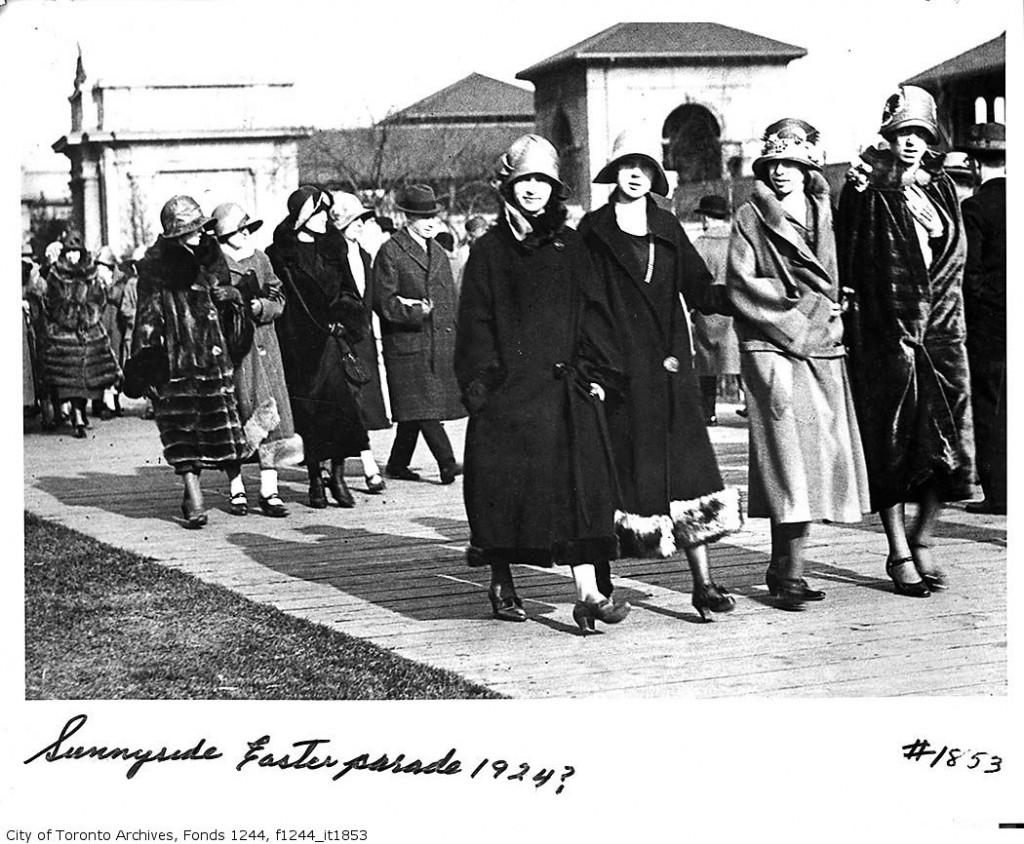
Easter chocolates and candy are not just for little kids (1950’s vintage photo).
1960s Photo: It’s important at any age to don your best dress for the Easter festivities. Aren’t these 2 girls just adorable?
Bunnies as presents (only a good idea if approved first). 1930s vintage photo.
You know you have been a good girl when you get to pick something up for Easter BEFORE Easter (1950’s photo). On a side note, I believe I own a similar purse that the lady looking at the camera is holding.
A big part of Easter is all the wonderful foods that are served when the family gets together. Good thing it was a popular to post ads with recipes to help boost sales of products. Here are a couple of 1950s cake recipes to help make your Easter a bit more vintage.
Easter Bunny Cake complete with jelly beans and a chocolate bunny on top as decoration.
Further Reading: Vintage Easter Advertising – The Food
Easter Glory Cake with ‘Baker’s Coconut’.
FURTHER READING: Vintage Cooking Recipes as seen in Vintage Ads from the 1930s-1950s
How about Kitschy items for your table? Like this 1950’s Swedish Table Runner. So cute!
A 1930’s Bobble Head Bunny Planter makes perfect sense when wanting to add a touch of fun to the decor.
1950s plastic easter bunnies.
Every egg needs a place to rest before being gobbled up. Vintage Silver Plated Egg Cup Chicken in Nest Egg Holder circa 1950s.
The Look: Gentlemen do you need a tie for your weekend activities? Then look no further than Wembley Ties (1954).
Need other tie options for Easter? How about Easy Tint Ties (1947)?
The men are all set, now ladies what will you wear? Maybe one of these pretty 1950s dresses pictured below?
1950s vintage fashion ad: Matchy Matchy so you don’t lose each other in the Easter parade (I would assume).
For those who like to adorn their outfits with kitschy brooches, then this vintage style carrot is perfect.
If you are wearing a carrot brooch then you really do need earrings to match. Like these super adorable 1940’s/50’s flocked bunny earrings pictured below.
Don’t forget the Easter Bonnets! 1928 Ad for women’s Easter Hats in the 1920s fashions.
FURTHER READING: Do You Have An Easter Parade Hat?
1940s Vintage Easter ad for Whitman’s Chocolates. Chocolates and a pretty 1940s hat..love it!
Cards are always a big part of this time of year, as American Greetings reminds us in 1949.
Note: I accidently repeated this ad in my part 2 post. opps!
I tend to like to give out funny cards to family and friends and I know my hubby does too. Here is one from the 1950’s I just know I would end up with from the mister.
FURTHER READING:
- Vintage Easter Blog Posts 1920s-1960s (Archived Posts)
Have a wonderful Easter Weekend friends!
Liz

